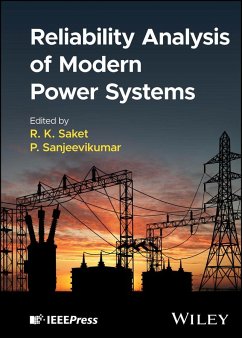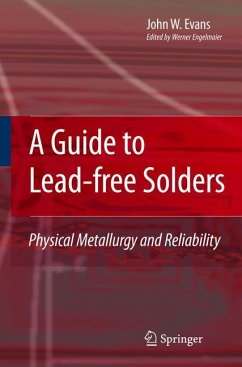
Applied Reliability for Industry 1
Predictive Reliability for the Automobile, Aeronautics, Defense, Medical, Marine and Space Industries
Herausgeber: El Hami, Abdelkhalak; Grzeskowiak, Henri; Delaux, David
Versandkostenfrei!
Versandfertig in über 4 Wochen
147,99 €
inkl. MwSt.
Weitere Ausgaben:

PAYBACK Punkte
74 °P sammeln!
Applied Reliability for Industry 1 illustrates the multidisciplinary state-of-the-art science of predictive reliability. Many experts are now convinced that reliability is not limited to statistical sciences. In fact, many different disciplines interact in order to bring a product to its highest possible level of reliability, made available through today's technologies, developments and production methods. These three books, of which this is the first, propose new methods for analyzing the lifecycle of a system, enabling us to record the development phases according to development time and lev...
Applied Reliability for Industry 1 illustrates the multidisciplinary state-of-the-art science of predictive reliability. Many experts are now convinced that reliability is not limited to statistical sciences. In fact, many different disciplines interact in order to bring a product to its highest possible level of reliability, made available through today's technologies, developments and production methods. These three books, of which this is the first, propose new methods for analyzing the lifecycle of a system, enabling us to record the development phases according to development time and levels of complexity for its integration. Predictive reliability, as particularly focused on in Applied Reliability for Industry 1, examines all the engineering activities used to estimate or predict the reliability performance of the final mechatronic system.













